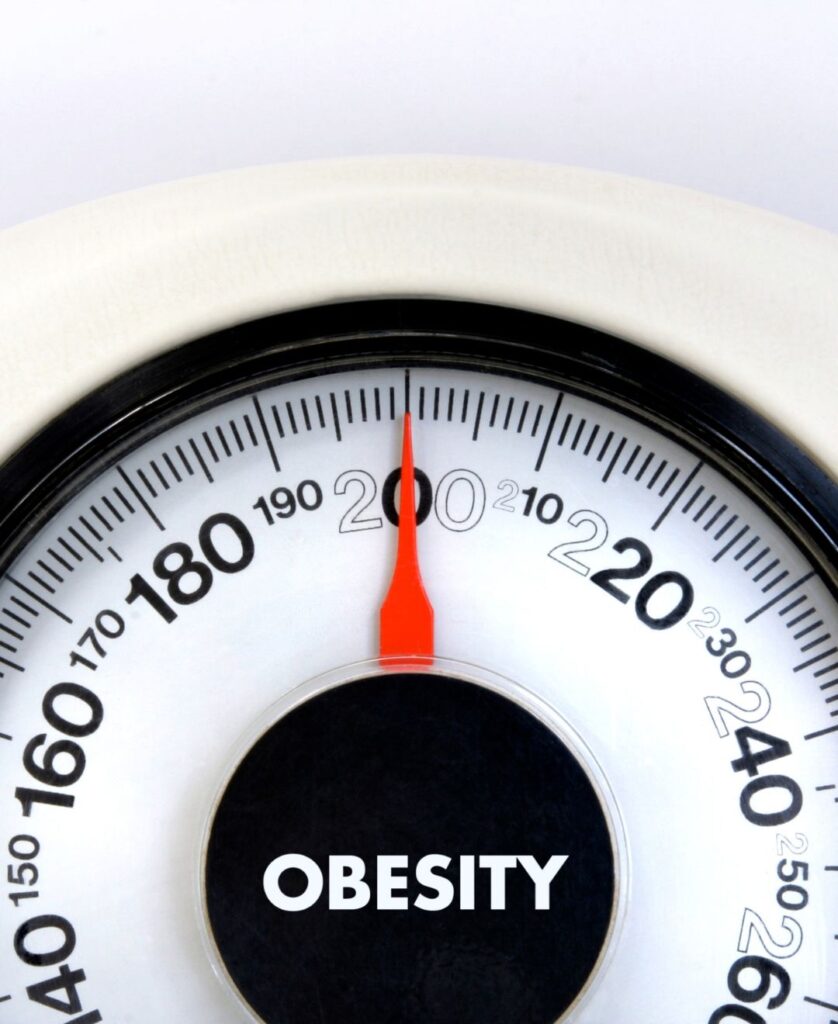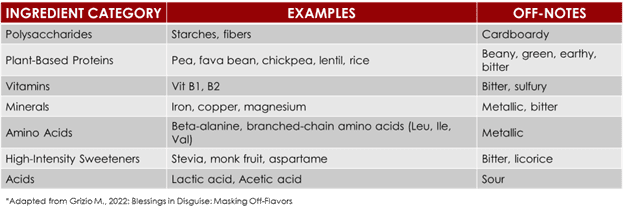This content is for informational purposes only and should not be considered medical advice. Please consult a qualified healthcare professional for guidance specific to your situation.
From television advertisements and billboards to news articles and now store shelves, GLP-1 is everywhere.
Yet, what is that made a term once unfamiliar to most people into one of today’s most talked-about subjects in medicine, food, and everyday life?
GLP-1 or glucagon-like peptide-1 is a naturally occurring hormone that assists in regulating blood sugar and appetite. GLP-1 receptor agonists are a class of medications garnering all the attention, and are primarily responsible for the rapid rise of GLP-1 into the medical and cultural zeitgeist.

Originally developed as treatments for type-2 diabetes, these injections mimic the GLP-1 hormone to help lower blood sugar only when it’s high, which is different from traditional insulin injections that work regardless of current blood glucose levels.
While this was no doubt an exciting breakthrough for type-2 diabetes treatments, what has catapulted them front and center is their ability to aid in weight loss.
In addition to regulating blood glucose, these drugs slow down digestion, particularly the emptying of the stomach, as well as sending increased satiety signals to the brain, resulting in lower food intake. This is why they are also referred to as anti-obesity medications (AOMs).
This isn’t to say that they are without any potential drawbacks, such as risk of weight regain when discontinuing the drugs, high price tags impacting accessibility, and, of course, a range of potential adverse physiological side effects.
Still, with proven results, it’s clear why GLP-1 medications are being viewed as a significant breakthrough for people dealing with obesity and struggling with weight loss. But why have these interventions captured so much attention of governmental health agencies, medical organizations, and food and beverage manufacturers?
The Obesity Epidemic

For years in the US, we’ve been hearing about the growing obesity epidemic. Still, as a society, we don’t seem to comprehend the severity of the situation or just how dire it will become if we don’t change course soon.
According to the CDC, approximately 40% of Americans are obese (when calculated by BMI), with the World Obesity Atlas projecting that within a decade that number could climb as high as 58%
A recent study in The Lancet found that when accounting for all American adults over 25 who are either overweight or obese, the number hits a staggering 75% of the population.
US children aren’t faring much better either.
As of 2020, 48% of children were considered to have a high BMI, and by 2035, that number is projected to reach as high as 60%.[1]
However, this is not limited to the United States or North America, for that matter.
According to the 2024 edition of the World Obesity Atlas, it’s projected that 46% of the world’s adult population will be overweight or obese in 2025, and that number may hit as high as 54% within the next ten years.
This is more than just a “weight” issue. In truth, this silent global pandemic is getting louder by the day.

Obesity in particular can be a major contributor to the likelihood of developing one of many non-communicable diseases (NCDs). Some of the most common NCDs driven by a high BMI are diabetes, coronary heart disease, stroke, and even cancer.
While this is devastating to the individuals and their loved ones, it’s also placing an incredible burden on many societies as well.
Between increased healthcare costs, decreased productivity, premature retirements, and rising death rates, it’s estimated that the global costs associated with obesity will reach USD 2.47 trillion in 2025. That’s roughly a 2.5% reduction in global GDP.[2]
So, when there is a revolutionary class of drugs that can assist in life-changing, and in some cases life-saving, levels of weight loss, it is no wonder that organizations across the globe are paying so much attention to them.
The GLP-1 Patient’s Dilemma
Despite their effectiveness, GLP-1 agonists should not be treated as a silver bullet. Instead, they should be part of a holistic plan that includes lifestyle and behavior modifications to promote sustained long-term health.
With that said, even patients who take a well-balanced approach to their GLP-1 journeys face a dilemma that needs addressing.
One of the main catalysts for weight-loss success with GLP-1 is reduced appetite, naturally leading to lower caloric consumption.
By eating less food, people often end up receiving less nutrition. Meaning that although they are losing weight, they may not be receiving what their body needs to promote optimal wellness and physiological functions.

What they need are foods specifically designed to be as nutrient-dense as possible while accounting for their reduced hunger.
Companion Foods
Companion foods are products designed specifically to meet the unique needs of GLP-1 patients.
Ideally, these foods should be able to hit the mark on all the following:
- Small Portion Sizes
- High Nutrient Density
- High Quality Proteins
- Appetizing Smell & Appearance
- Great Taste
Delivering on portion sizes, protein, and nutrient density is rarely the problem when designing food products; however, as we all know, these don’t matter if people don’t want to eat them.
Flavor Support for the GLP-1 Journey
Developing with fortifications and functional ingredients is often associated with a number of complex taste challenges, and companion foods are no exception.
As the chart below illustrates, these can range from cardboardy notes to metallic and bitter notes, and much depending on the ingredients.

For consumers who already have a reduced appetite, the last thing a food product developer wants to do is further that by failing to address these issues in their companion products.
This is where a flavor-centered approach could be a game changer in providing these patients with the nutritional density they need, and a taste worthy of their reduced appetite.
At Edlong, when we say our authentic, high-impact flavors, state-of-the-art maskers, and other cutting-edge flavor technologies can do this and more, it’s not just marketing speak.
Through rigorous research and highly qualified sensory evaluation and analysis, we are able to demonstrate that our flavor solutions not only reduce negative sensory attributes of these ingredients like “earthy” or “cardboard”, but also improve the perception of positive sensory attributes such as “cream”, “butter” and “fatty mouthfeel”.
Whether it’s convenience-based shakes, bars, and snacks, or meals designed specifically for the needs of AOM patients, offering them great-tasting nutritious options can be exactly what they need to stay on track and achieve their goals, and beyond.
[1] World Obesity Atlas 2024
[2] World Obesity Atlas 2023
Topics: Better For YouClean label
Resource Type: Article